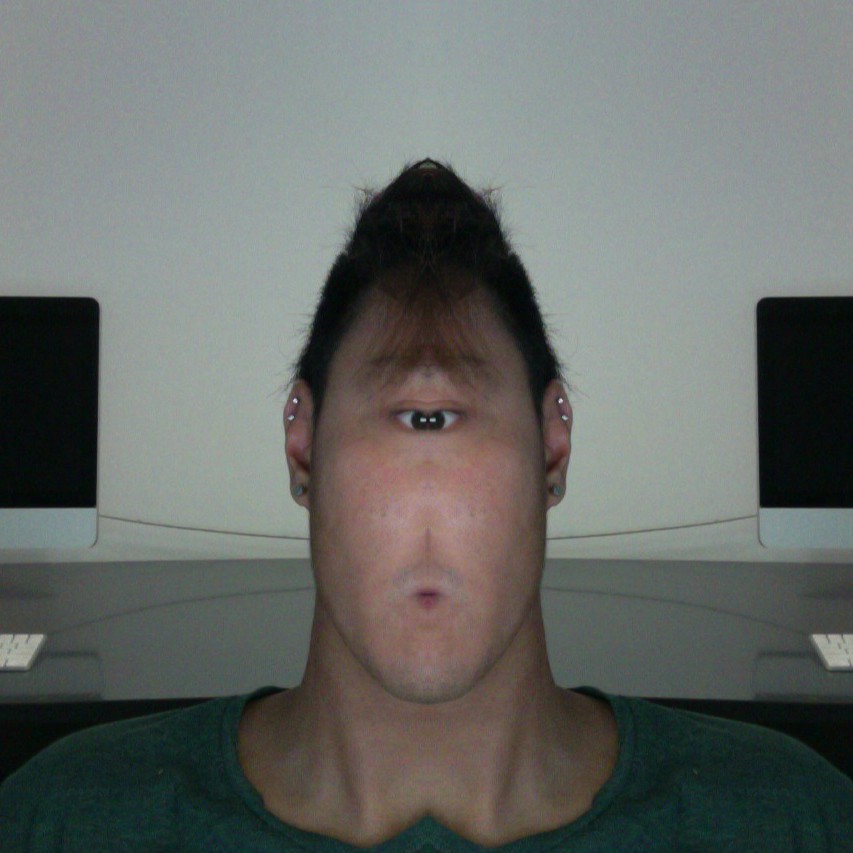What a great way to end this semester haha. For this final project I got to work with the fabulous Charmaine, Ying Xiang and Eng Seng! For our final project, we’ve decided to incorporate the idea of the morphing image of the Buddha corresponding to the region in which Buddhism had spread to and how different ideal standards of beauty in that region affected the iconography of the Buddha.
So the idea started out as a basic print-based format of photoshopped images of the Buddha on Fashion magazine covers of different regions around the world. Our initial research brought us to coming up with images concerned with popular culture.
However, we were thinking how to make it more interesting and interactive so the audience could immerse themselves into the work and not just see it visually.

Creating the container was also a tiring process. Choosing the paint colours to match and the size in which to create our prototype.
So we finally found an artist whose works we felt really tied in with our concept of dissecting the Buddha image and placing it in a modern context to allow the audience to have a clearer picture of the concept. Monty Hurwitz also questioned the idea of identity and we felt this really resonated with our concept.

So one of the first problems we encountered was the medium in which the buddha head was going to sculpted and dissected. Should we use paper? Clay? Foam? So we got a large foam block and tried to saw it but we couldn’t quite get the right Buddha iconography and instead it turned out looking like a cute lego versio nof the Buddha. Sawing the foam block was really tiring and we didn’t really get the form we wanted. But at least we tried.
We then decided to move on to paper…
Turns out it worked beautifully! The first draft of the 3D piece was made with satay sticks and just flat 2D paper of the Buddha image with celebrity icons photoshopped on them.
However, we felt like it was too unpolished and wanted images to be displayed on the sides as the audience move around the piece. This we decided to use styrofoam blocks to create different perspectives. So we painted the sticks black so the ‘satay sticks’ weren’t too much of a distraction.
So for me I mostly worked with the prototype ; me and my team mates constantly had to communicate to make sure that our concept is clear through the medium, the colours, the presentation and the overall concept in our proposal and artist statement.
Overall it was a tiring process but my group and I are really happy with how everything turned out! Great Semester of art history and a really nice way to end it. 🙂
Thanks Sugatha!







